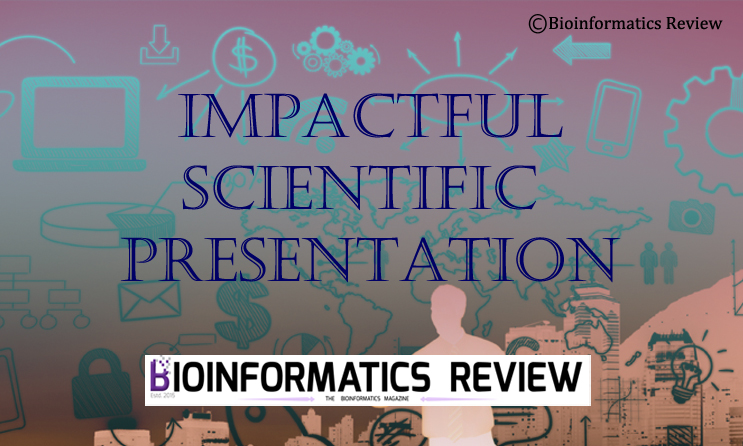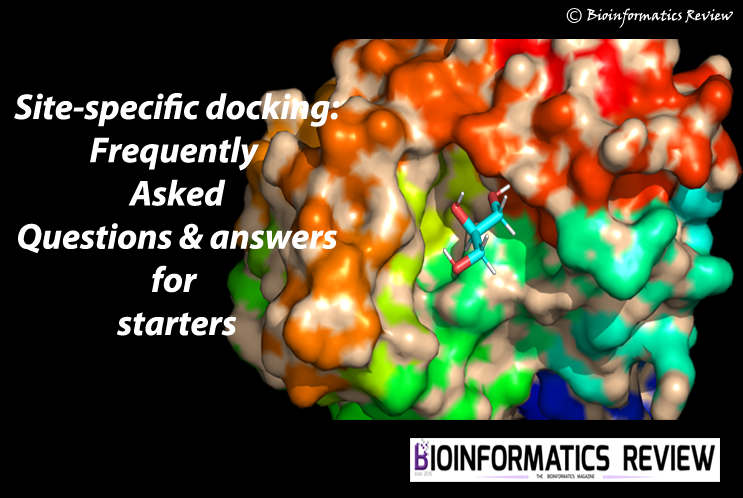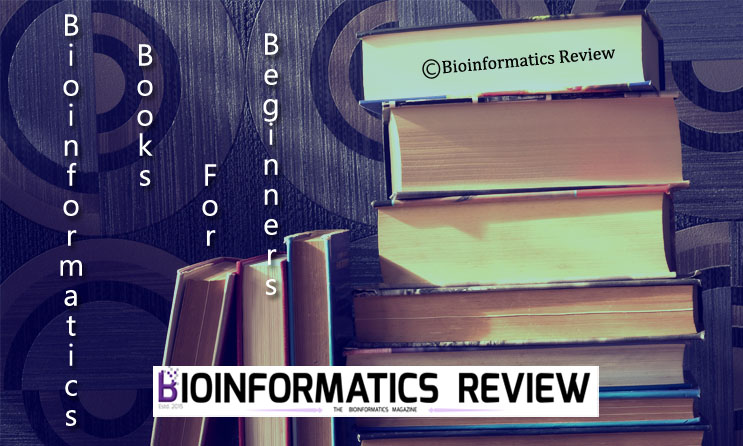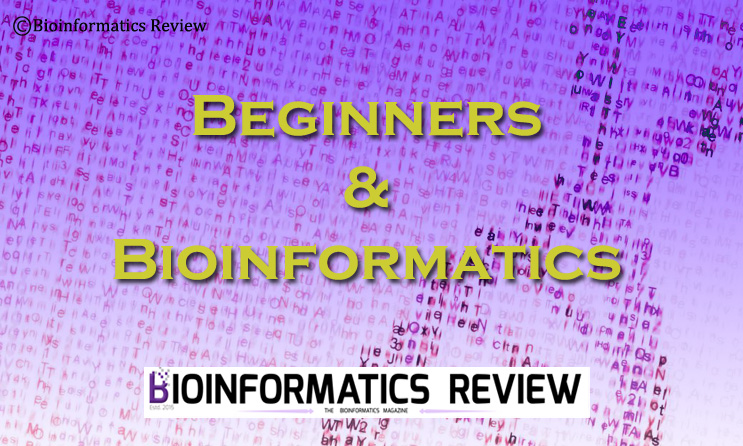After your hard work, it is time to showcase your study and the methods of your study to an audience. You must make every point useful and informative. Here, in this article, we are going to share some tips to make your scientific presentation impactful.
1. Sketch out your work
Generally, scientific studies are long, so it’s difficult to remember every step you performed during your entire study. Therefore, it is good to draw a rough sketch or flowchart of your entire study at first. That way, you will have a good idea of what you have performed in methods and what you have got as the output of your study.
2. Find key points
Find the key points from your sketch such as methods, results, and conclusion. It will help you to lay the outline of your study.
3. Always have a rich content
It is a must that you have rich content for your presentation. If you have good content then your presentation will look really informative. All you would have to do is to arrange the content in an appropriate manner.
4. Outline
Make one of the initial slides showing the outline of your presentation. It should contain the points you are going to explain in further slides.
5. Arrangement of key points and their content
Arrange all main topics in a consistent manner. For example, at first, give a brief introduction about your topic of interest. It could be an enzyme or a disease or a drug, etc. Present the key features associated with your topic. For instance, what it is? What are its properties? How does it function? or if it’s a disease, how it can be transmitted, and so on. After that, mention what are the main findings that have been made so far about your topic of interest. Further, highlight the limitations or what is required to be studied or what is the need of the hour. It is important that you clarify in the initial slides why is your study relevant. It would be good if you make a separate slide for that. You can also entitle it as “Relevance of this study” or something similar to that.
When you are finished with that part, describe the methods you have used in this study. How did you perform your experiments, what tools/software you have utilized, and so on. But don’t go into many details, just mention the important part.
After methods, explain your results. While you are explaining the results, always keep in mind to make them thorough. If you have several findings, then make sure you present them in the correct order.
Further, explain your main findings that are your conclusion part. Highlight what novel things you have found, what is the contribution of your study, what are the applications of your work, and how is it relevant to other fields of science (if any).
6. Point-to-point
Never write your sentences too long in a slide. It should not be like you are reading these sentences from the projector like a book reading. It is considered a bad presentation. Always keep them short. These points are shown in a slide just to grab the attention of your audience and they help you remember the main points. You explain them verbally.
7. Present like a story
Present your work as a beautiful story from beginning to end. That will interest your audience when you tell everything you have done and found as a story. It will automatically create links between your methods and results.
8. Figures & illustrations
Try to present your methods and results as flowcharts and figures. If you have already published any paper on your study, then it is not necessary that you have to utilize published figures only. Create new figures if required according to your presentation. Displaying your findings and methodology as figures interests the audience.
9. References
Always remember to cite references of previous work you have mentioned in your presentation. You can either show them as footnotes or make a separate slide at the end of your presentation. However, the former way is more impactful.
10. Publications
Mention all publications of your work, if you have published any.
11. Acknowledgements
Say special thanks to your supervisor, co-supervisor, colleagues, and family and friends who have helped you academically and morally throughout your work.
12. Thank you slide
It is good if say thanks to your audience in the end. It is a nice gesture to show them respect for spending time listening to you throughout the presentation.
13. Comments
Don’t get disheartened if you hear any negative comments. Always take the comments of the judges in a positive way. They are there to help you improve your work. As they are way more experienced in your field of study, therefore, they will point out the shortcomings that you may have left during your study. Add those things to your work or thesis.









